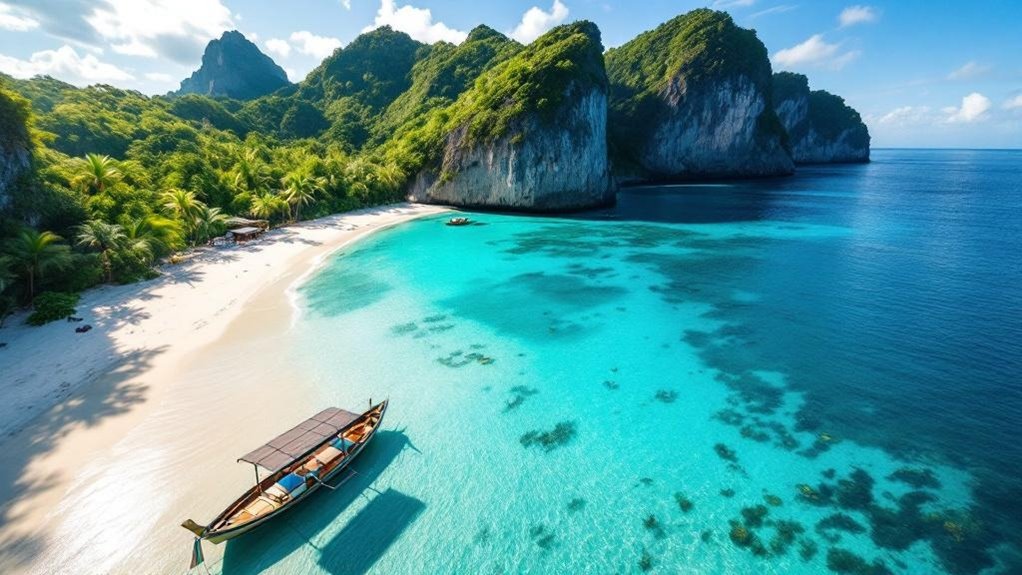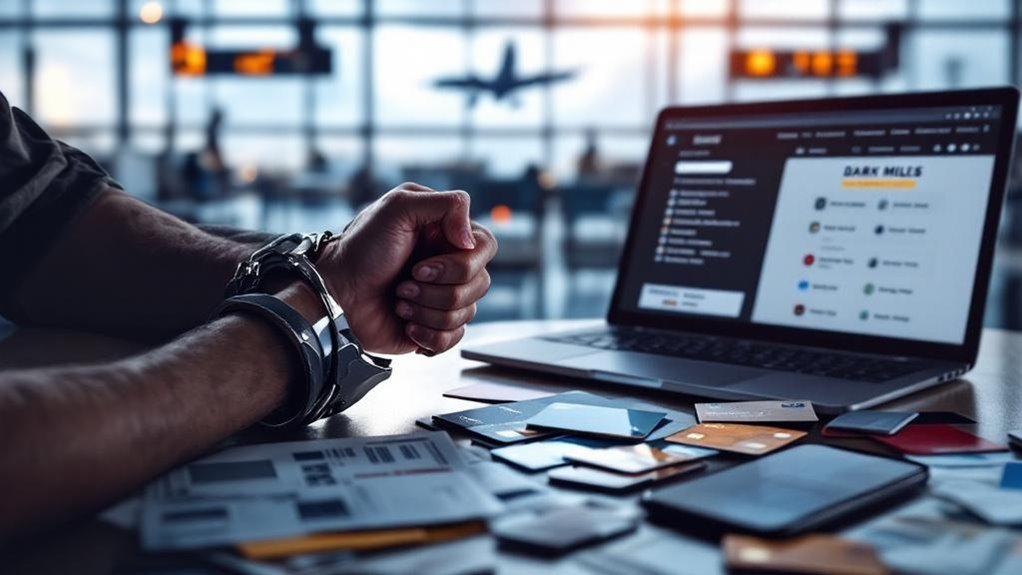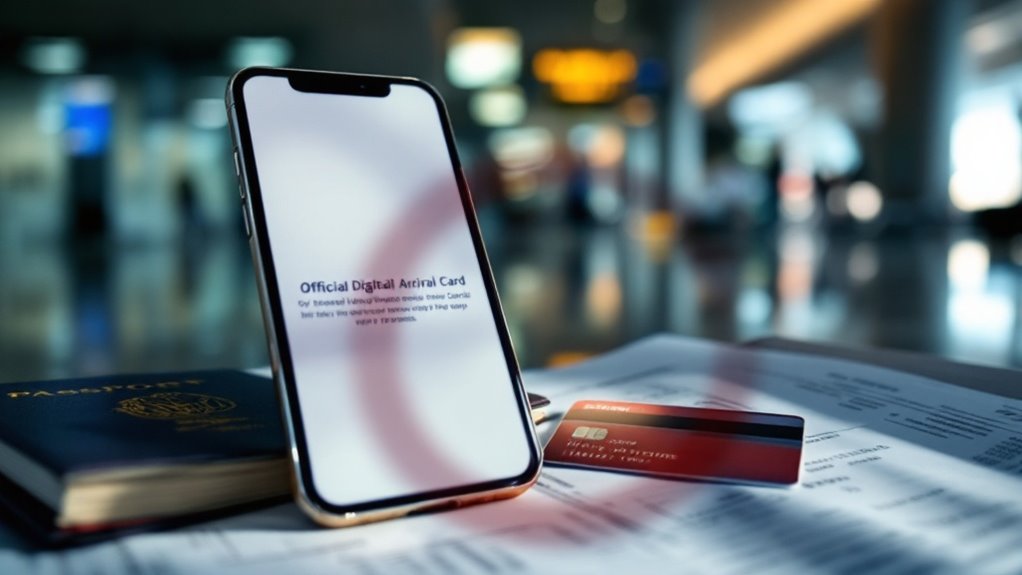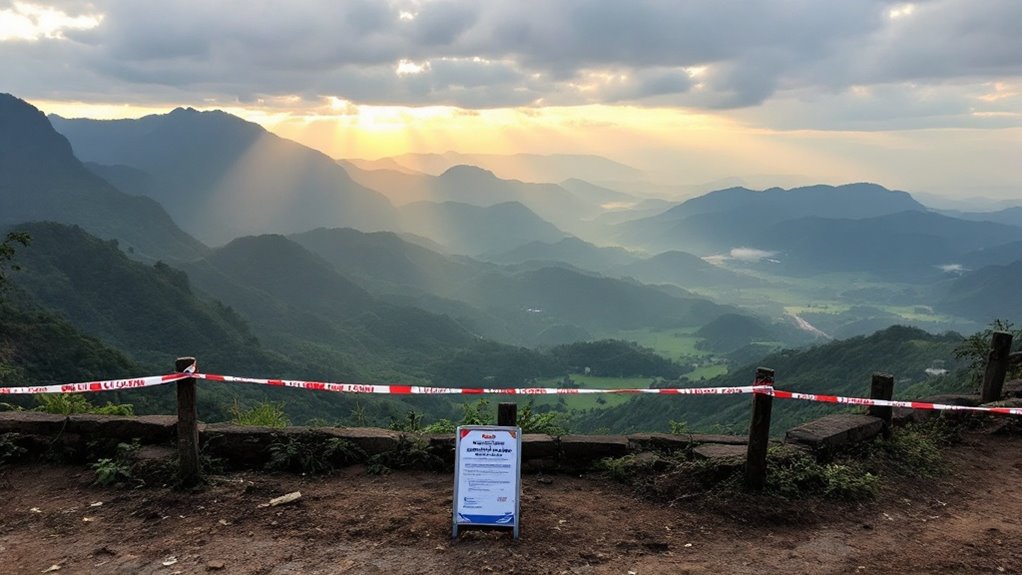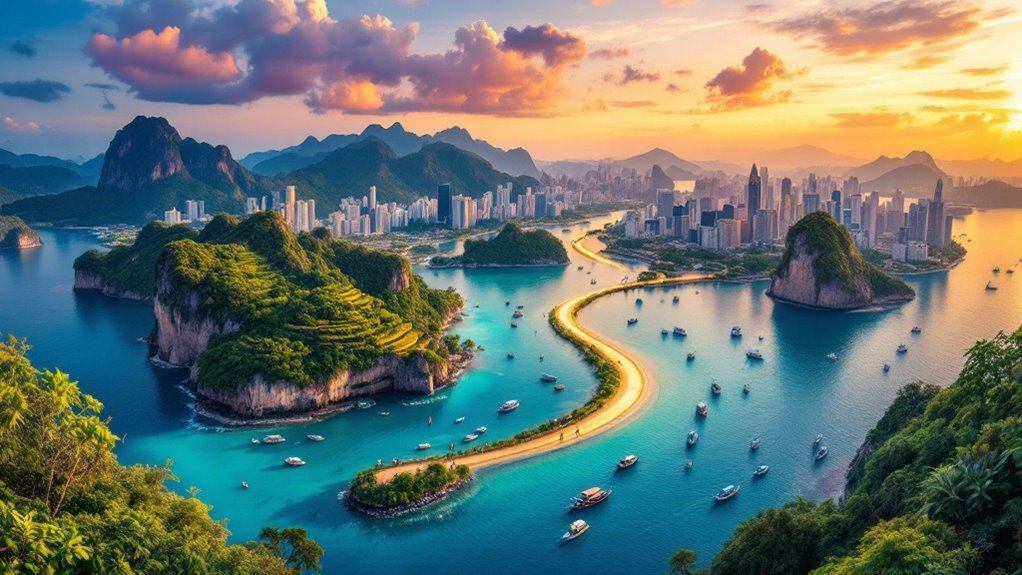The Philippines has eased travel for Indian tourists by introducing a visa-free entry policy effective from May 2025, permitting stays of up to 14 days for tourism at major airports, seaports, and cruise terminals. This initiative, part of a broader government strategy, targets increased visitor arrivals and aims to enhance bilateral tourism ties with India. Requirements include a valid passport, confirmed accommodation, and documented funds. Eligible travelers with third-country visas can stay longer, and additional details clarify eligibility requirements and strategic impacts.
A significant development in Southeast Asian tourism, the Philippines has introduced a visa-free entry policy for Indian tourists, effective from May 2025. Under this new regulation, Indian passport holders may enter the Philippines visa-free for up to 14 days, provided the purpose of the visit is strictly tourism. The stay is non-extendable, and entry is permitted through all major airports, seaports, and cruise terminals across the country.
Eligibility criteria include a passport valid for at least six months beyond the intended departure, confirmed accommodation bookings, a return or onward ticket, and proof of sufficient funds to cover the duration of stay. Additionally, travelers must not have a negative immigration history in the Philippines to qualify for visa-free access. The Philippines employs security measures to protect its website and travelers from potential online attacks, ensuring the integrity and safety of user information during the visa-free travel process.
Indian travelers must have a valid passport, return ticket, accommodation, proof of funds, and a clean immigration record for visa-free entry.
For Indian citizens holding valid visas or permanent residency status in countries such as Australia, Japan, the United States, Canada, any Schengen state, Singapore, or the United Kingdom, the Philippines offers a 30-day visa-free stay. This provision is designed to attract travelers with established international mobility, consequently encouraging longer stays and increased spending.
It marks a considerable improvement over previous visa requirements and is part of a broader government initiative to enhance the country’s appeal to affluent and frequent Indian travelers. The visa-free options are also available for business travelers attending conferences and events, supporting the country’s efforts to boost MICE tourism from India.
The impact of these reforms is already evident. Since the announcement, travel interest from India to the Philippines has surged by 60%, with online booking platforms reporting significant increases in searches and reservations. The relaxed entry procedures are expected to drive more Indian tourists to popular destinations such as Boracay, renowned for its white sandy beaches, Palawan’s El Nido with its dramatic limestone cliffs and crystal-clear waters, and Siargao, noted for surfing and tranquil coastal experiences.
The archipelago, with over 7,000 islands, offers extensive opportunities for beach holidays, island-hopping, and water sports.
Strict adherence to tourism-only travel remains a condition for visa-free entry, and the 14-day waiver cannot be converted to another visa type or extended. The Philippines aims to position itself as a competitive Asian destination while strengthening bilateral tourism ties with India through these strategic reforms.
